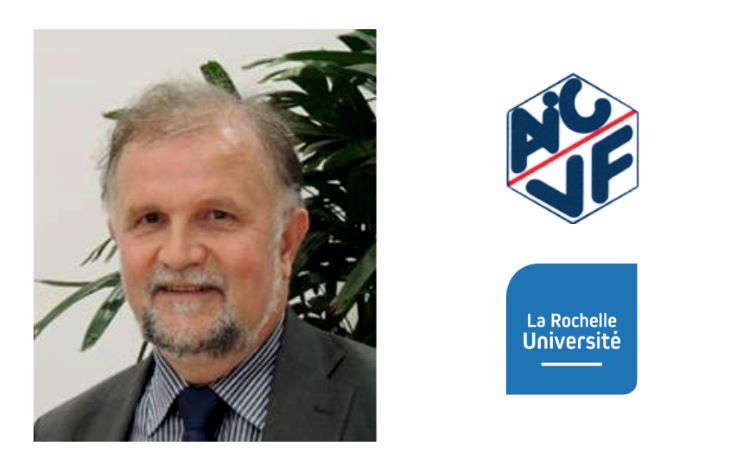- Is there a need for an IEQ indicator, and why?
The ALDREN initiative is certainly very promising. To have a comprehensive indicator of indoor environment quality corresponds to a real preoccupation of all professionals in the search of complete evaluation of a building quality. The complete evaluation of health and overall comfort conditions indoors is necessary to assess the quality of use of a building, the definition of a first aggregate indicator even if it is not integrating every single aspect of IEQ is a real progress in this way.
- Does TAIL fulfill this need, and why (benefits of TAIL)?
In my opinion TAIL answers this need. In order to be efficient and used by professionals, the IEQ indicators need to be as complete as possible, built on a solid scientific basis, and easy to understand. We already have many environmental quality indicators used by environmental quality assessment methods everywhere in the world but all of them are based on a long list of individual indicators which makes difficult to have a clear vision of the overall quality. For me, the TAIL method fulfills this need.
- Do you think TAIL would be accepted by building professionals?
It is always very difficult to predict the acceptability of a method or a concept. However, TAIL is quite attractive by its apparent simplicity. It is complete, easy to understand, and efficient in the overall approach to the assessment of indoor environment quality. I really think it will be accepted easily by our professionals.
- What should be next step in developing TAIL?
TAIL needs to be tested in different types of building types (offices, residential, schools, etc.) in a wide range of climates. The testing protocols have to be evaluated carefully to strengthen the method and the limits of such a complete IEQ indicator have to be clearly stated. Then, this indicator could be used easily in the evaluation of rehabilitation projects. Most of the projects are focusing mainly on the energy performance and it will be a real benefit to add this IEQ indicator.
Authors of the interview: Wenjuan WEI, Corinne MANDIN (Scientific and Technical Centre for Building, CSTB), Pawel WARGOCKI (International Centre for Indoor Environment and Energy, Department of Civil Engineering, Technical University of Denmark, DTU)
This interview is part of the “REHVA Journal” 03/2020 (August 2020). More information HERE


Recent Comments